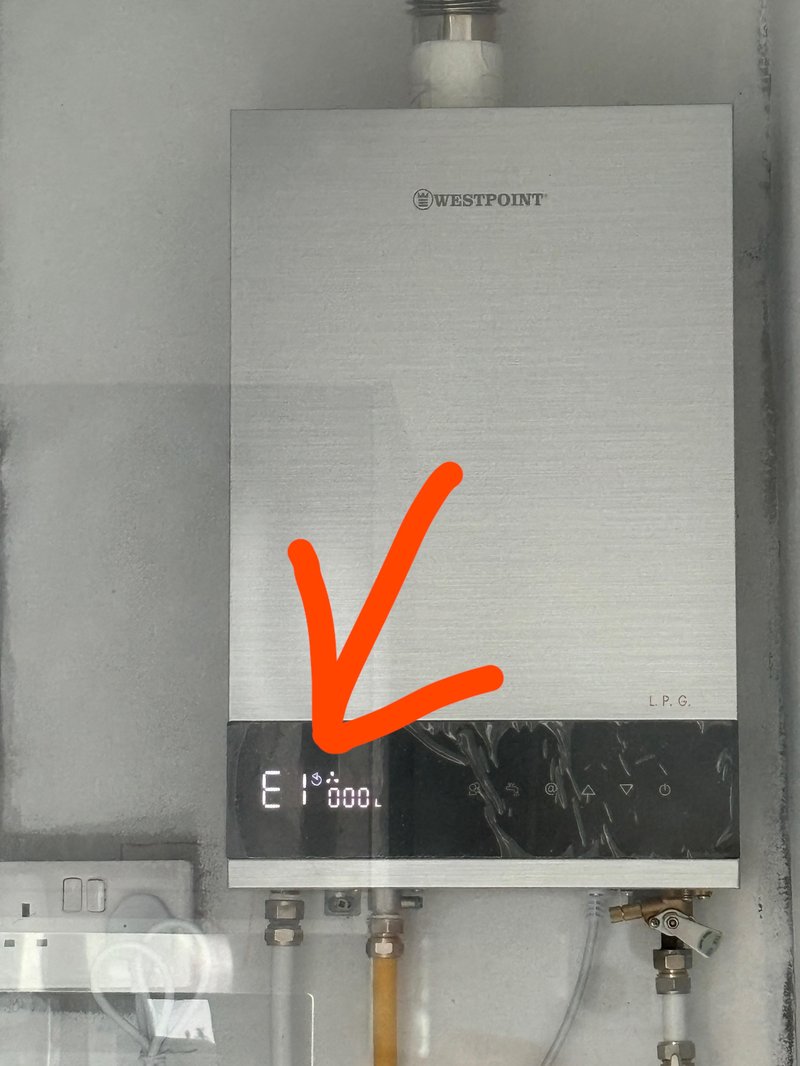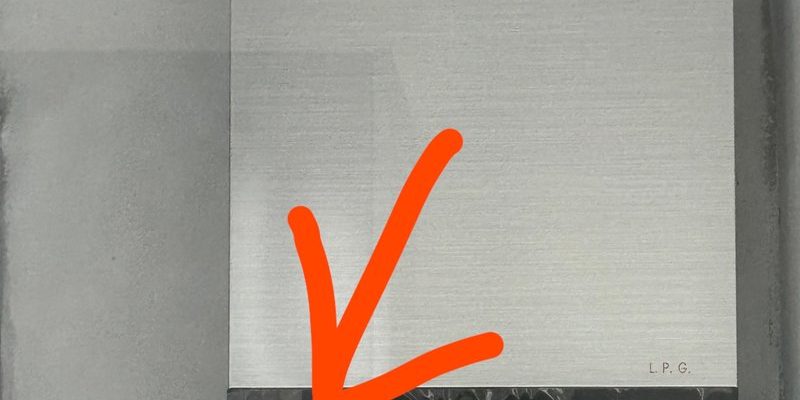
Error codes on water heaters like Bosch’s serve as a diagnostic tool, helping you understand when something’s not quite right. The E1 code specifically signals an issue with the ignition or gas supply. Ignoring it is a bit like hearing a strange noise in your house at night and just hoping it’s nothing. While it might not cause immediate disaster, it’s a sign that something needs checking. Let’s unravel what this E1 code means and why it’s crucial to address it promptly.
Understanding Bosch Water Heaters Error Code E1
The E1 error in Bosch water heaters is your heater’s way of telling you there’s a problem in the ignition sequence. Think of it as the water heater’s version of hitting a speed bump with worn-out tires. It’s an alert that something in the ignition or gas supply isn’t functioning smoothly. The system is designed this way to prevent further damage or potential safety risks, much like how a circuit breaker trips to avoid an overload.
Typically, when your water heater shows an E1 error, it means there might be an issue with the gas supply or a malfunction in the ignition system. It’s a protective measure to ensure that the unit doesn’t try to operate under dangerous conditions. If you’ve ever tried to start a car with a reluctant engine, you know it’s better to check the problem rather than keep turning the key. In the same vein, resolving an E1 error is essential for maintaining your appliance’s health and safety.
Ignoring this alert can lead to more severe problems down the line. It’s like neglecting a leaky roof — the longer you wait, the more damage it can cause. Fortunately, understanding what causes an E1 error can help you address it effectively and prevent further complications.
Common Causes of Error Code E1
Several issues could trigger an E1 error code, and knowing these can act like having a map to navigate through unfamiliar territory. One common cause is insufficient gas supply. Imagine trying to water your garden with a kinked hose; not much water gets through. Similarly, if the gas line is obstructed or the supply is inadequate, the heater can’t function properly.
Another potential culprit could be a defective ignition system. This is akin to a lighter that just won’t spark — frustrating and ineffective. If the ignition doesn’t work as it should, the heater can’t start, leading to the dreaded E1 code. Sometimes, the issue might be a faulty valve or a problematic pressure switch, components vital to the smooth operation of your water heater.
Finally, environmental factors, like a strong draft, can interfere with the heater’s normal ignition process, much like wind blowing out a match before it lights a candle. Whatever the cause, addressing these issues quickly can prevent more significant problems and ensure your water heater functions optimally.
How to Address Error Code E1
If you see the E1 error code, don’t panic — it’s more like a gentle nudge than a blaring alarm. The first step in resolving it is to ensure your gas supply hasn’t been interrupted. Check that the gas valve is open and the supply is steady. If you suspect a blockage, it’s time to call a professional, just as you would get a plumber to unclog a stubborn drain.
Next, inspect the ignition system. Using the car analogy again, think of this as ensuring your battery is charged if your vehicle won’t start. Sometimes, a simple reset of your water heater might clear the error, much like restarting a computer solves many issues. If these steps don’t work, consulting with a certified technician is your best bet. They can diagnose the issue more accurately and ensure that your water heater is safe and sound.
To prevent future E1 errors, regular maintenance is key. It’s a bit like giving your car a routine service — it keeps everything running smoothly and avoids unexpected breakdowns. Ensure vents are clear and components like pressure switches and valves are inspected regularly.
The Consequences of Ignoring Error Code E1
You might be tempted to overlook the E1 error, thinking you’ll deal with it later. But what if ignoring it leads to bigger problems? Negligence can result in more costly repairs or even complete system failure. It’s like ignoring rust on a bike — leave it too long, and you might end up needing a new bike altogether.
Ignoring an E1 error could also mean compromising safety. Faulty ignition systems or gas supply issues can pose a real safety hazard, potentially leading to gas leaks or dangerous malfunctions. It’s a bit like ignoring frayed wires in your home — it’s not just an inconvenient oversight but a potential danger.
Moreover, resolving issues promptly means your appliance will work more efficiently, saving you money on energy bills. In the long run, dealing with the E1 error is far more cost-effective than ignoring it, much like fixing a small crack in a windshield before it spreads.
Final Thoughts and Recommendations
Addressing the Bosch water heater E1 error code might seem daunting if you’re new to diagnosing water heater issues, but taking action as soon as the code appears is essential. Start with basic checks on your gas supply and ignition system, and don’t hesitate to reach out to a professional for help. It’s better, safer, and often cheaper to fix small issues before they become big problems.
Regular maintenance is the best preventative measure. Think of it as routine brushing and flossing for your heater — it keeps everything in top shape and avoids unpleasant surprises. Make a habit of checking your system’s components, and your Bosch water heater will keep running smoothly like a well-oiled machine.
Always prioritize safety and efficiency, addressing issues like the E1 error as soon as they arise. With these strategies, you’ll keep your water heater functioning properly, ensuring a warm and comfortable home environment.
